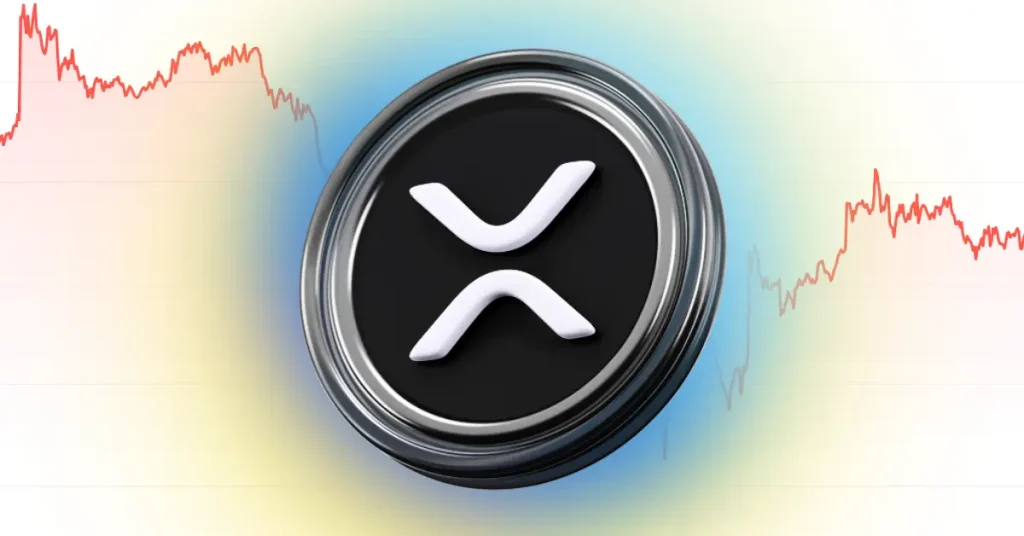
The post Can U.S. Buy More Bitcoin? Here’s What David Sacks Revealed appeared first on Coinpedia Fintech News
On May 27, 2025, US President’s crypto czar, David Sacks, says there is a pathway to acquire more bitcoin for the U.S. strategic reserve. This move follows Donald Trump’s executive order signed in March 2025, establishing the reserve as a new pillar for US digital asset policy.
US Crypto-Focused Executive Action
- During a fireside chat with Gemini co-founders, Cameron and Tyler Winklevoss, Sacks stated that federal purchase of bitcoin is not guaranteed. “I can’t promise anything,” Sacks said, “but there is a pathway to doing that… if they can figure out how to fund it, they actually do have presidential authorization ready.” However, it might make some progress if done in the best manner.
- The executive order drawn in March was created with 200,000 Bitcoin ($22 million), which the government forfeited from civil and criminal assets.
- Sacks referenced using surplus money from other government programs to fund such acquisitions. In addition, he said, if the US can convince Howard Lutnik and Scott Bressent to buy some, then there will be no additional taxes on cryptocurrency.
- Crypto Agenda– With this plan, President Trump believes that the US could acquire its crypto agenda by August. Besides the Strategic plan for Bitcoin, David Sacks outlines other policies for crypto in the US. Sacks also expects the Genius Act Stablecoins bill to pass, and the market structure bill is likely before August. These policies aim to reform the crypto space in the US and prevent future regulatory backsliding.
The Budget-Neutral Plan
- Sacks explained that the federal government is allowed to acquire bitcoin but only in budget budget-neutral way. If it can be done in a budget-neutral way, specifically, if either the Commerce Department or the Treasury Department can figure out how to fund it without adding to the debt, then they are allowed to create those programs,” Sacks stated.
- It states that the government can only acquire more bitcoin if it increases the national debt or requires new taxes. The cabinet officials are tasked with developing strategies to fund such acquisitions. This includes reallocating unused funds from the existing federal government.






